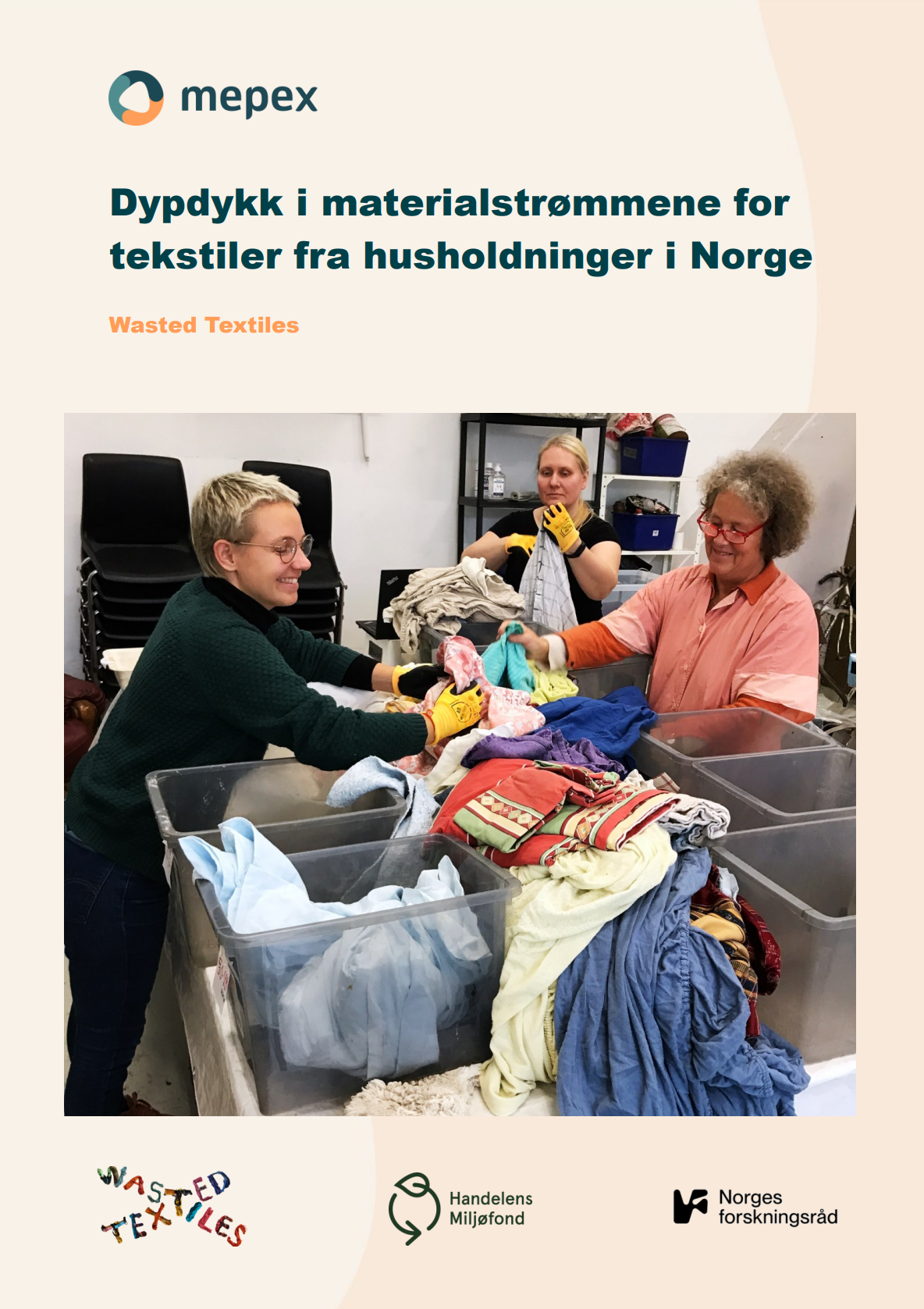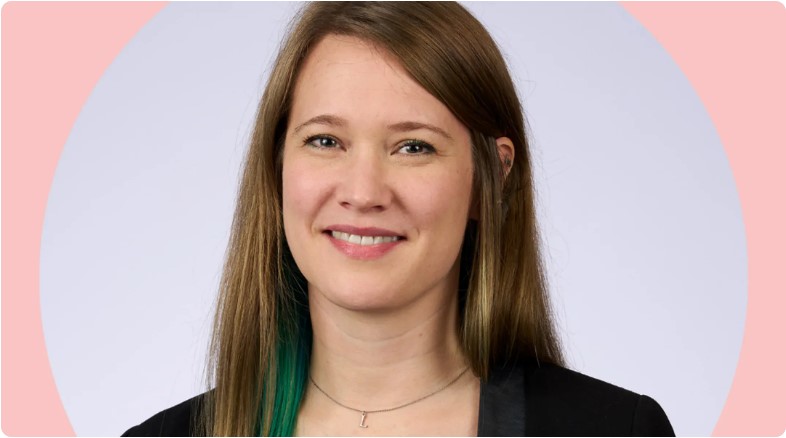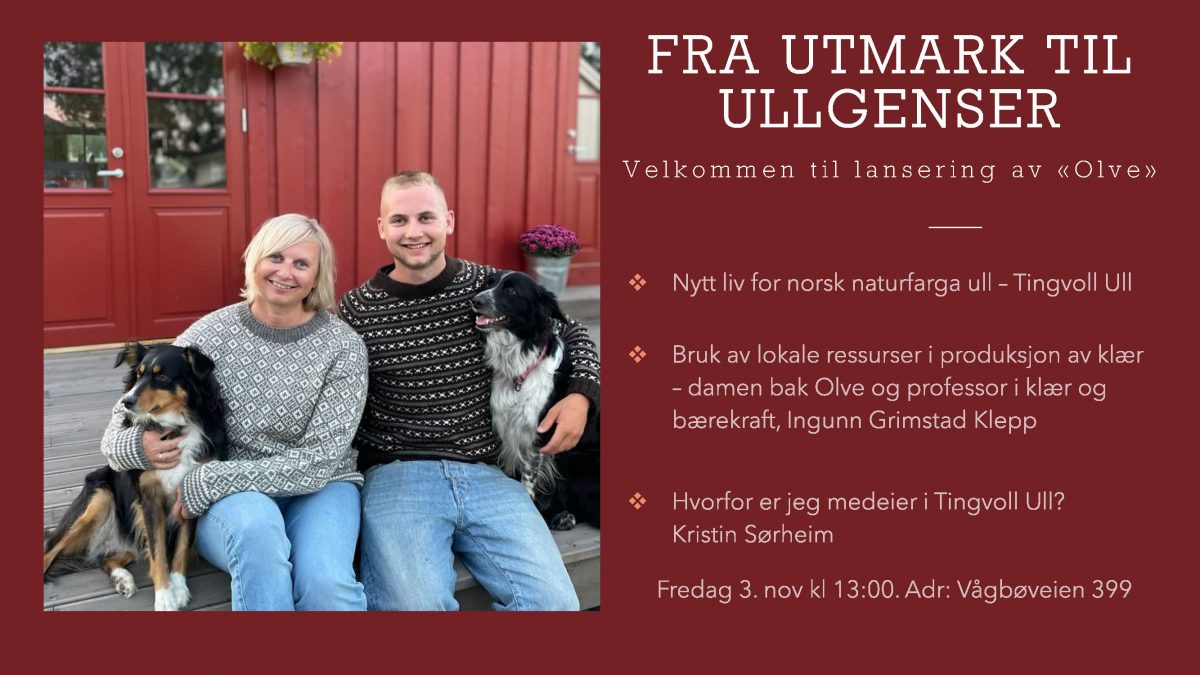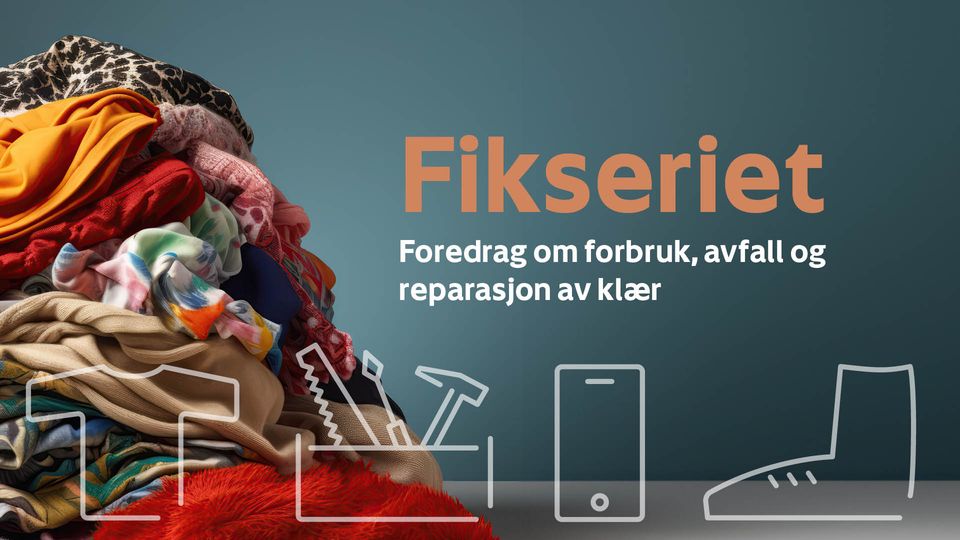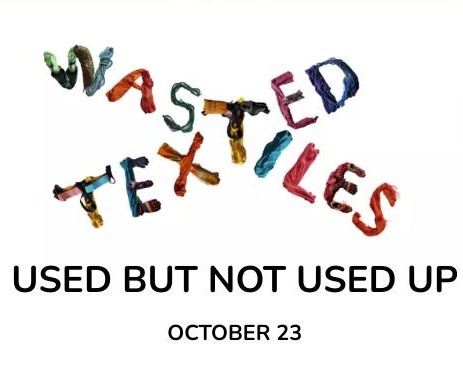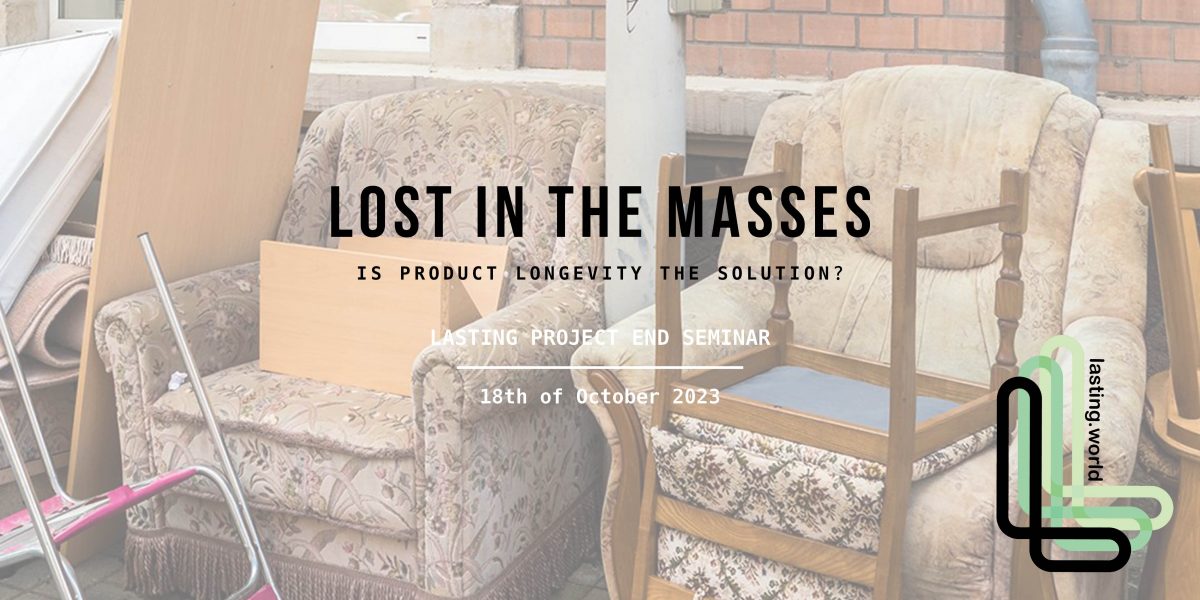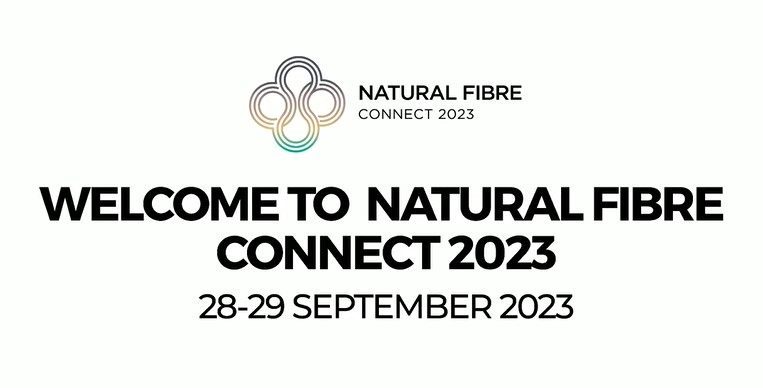Webinar Monday 23rd of October 2023 08:30-11:00
Both the volumes of textile waste and the interest in what to do with it, are growing. Fortunately, knowledge about what textile waste consists of is also growing, as is the interest in regulating the sector.
In this webinar, we will summarize several recent reports on textile waste in Norway and other countries, as well as a report that examines whether environmental strategies take seriously the fact that if the textiles are to be used up, then less must be produced.
The clothes we dispose of are often used – but far from used up.
We ask:
– How can discarded textiles be used in the best possible way to ensure new use, and what kind of knowledge enables us to reduce the amount of used but not used up textiles?
– How much textiles, especially synthetics, are disposed of in Norway? What do wasted textiles consist of, and why and how are they disposed of?
– Which regulatory measures will can be implemented in order to reduce the volumes of textile waste?
This is a dissemination seminar under the Wasted Textiles research project at SIFO, Oslomet, funded by the Research Council of Norway and the Norwegian Retailers Environment Fund.
The webinar will be held in English.
Program
08.30–09.00
Registration and coffee for those who attend physically
09.00–09.05
Welcome!
Moderator: Jens Måge, Advisor, Avfall Norge
09.05–09.15
Plastic – The elephant in the room: Who dares to talk about it?
Ingun Grimstad Klepp, Professor, Oslo Metropolitan University – SIFO
09.15–09.30
Waste analysis in the Wasted Textiles project
Frode Syversen, CEO, Mepex | Kristiane Rabben, Advisor, Mepex Consult AS
09.30–09.45
Method for Picking Analyses of Textiles – REdu Wasted Textiles Summer Project 2023
Saeid Sheikhi, MSc student in Information Systems and Business Analytics, Høgskolen Kristiania | Siri Vestengen, Masterstudent Economics, Norges teknisk-naturvitenskapelige universitet (NTNU) | Camilla Sunde, MSc in Informatics: Digital Economics and Leadership, Universitetet i Oslo (UiO) | Eva Valborg Hovda Masterstudent Material Science, Norges teknisk-naturvitenskapelige universitet (NTNU)
09.45–09.55
Dutch experiences with waste analyzes on textiles – reflections on the types of brands found.
Hilde van Duijn, Head of Global Value Chains, Circle Economy Foundation
09:55-10.00
Experiences from picking analysis in Svalbard
Henrik Lystad, CEO Norwaste
10.00–10.15
Coffee break
10.15–10.30
How can a producer responsibility scheme be set up to reduce environmental impact?
Dina Lingås, Consultant, NORION Consult
10.30–11.00
Questions and discussion
Click here to join the webinar (facebook.com).
Click here to sign up to attend in person (avfallnorge.no).
